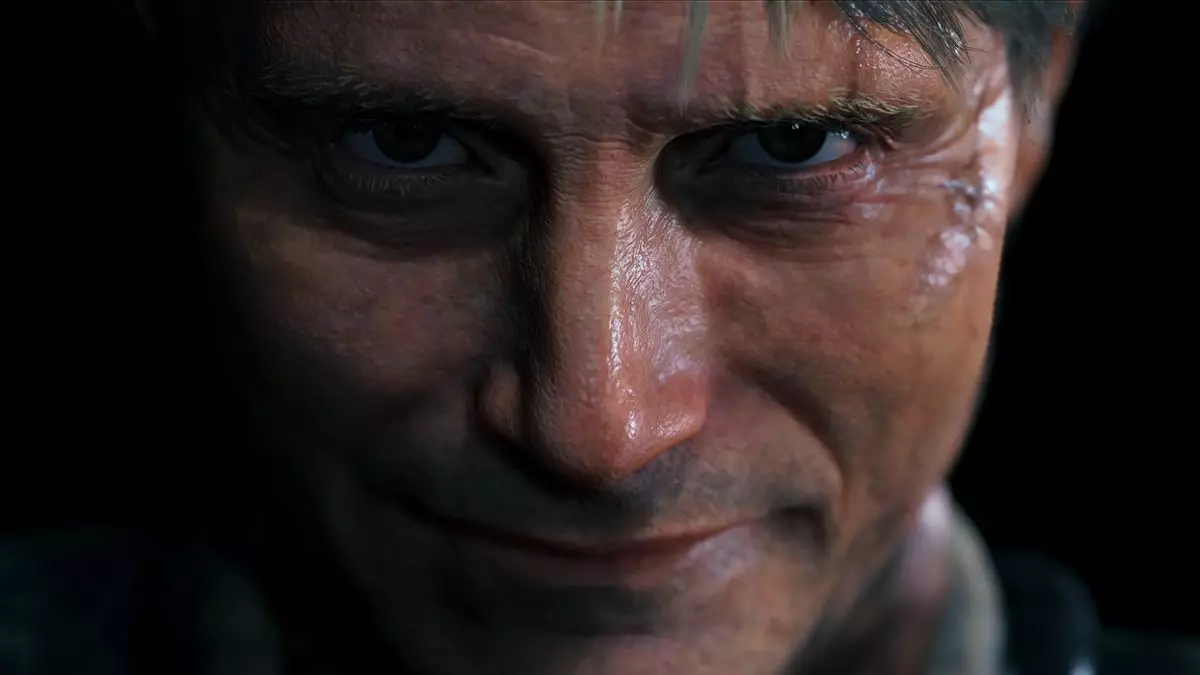Hideo Kojima is a name that resonates throughout the gaming industry, frequently admired for his unique ability to weave storytelling elements into the fabric of gameplay. Known for his groundbreaking titles like Metal Gear Solid and Death Stranding, Kojima’s work often invites comparisons to movies, suggesting that they transcend traditional game design and enter the realm of cinematic art. This essay delves into the nature of this cinematic quality in Kojima’s games, exploring how it stems from a deeply rooted “cinema DNA” that he believes has shaped his creative process.
During a pivotal interview in 1999, Kojima discussed the profound influence that cinema had on his work. He humorously coined the phrase “cinema DNA,” encapsulating the idea that his generation of developers grew up immersed in film culture. This background inevitably seeps into their creations, leaving an indelible mark on the narratives he constructs and the atmosphere he crafts. As Koijama eloquently stated, this cinematic influence is not a conscious choice but rather an organic result of his artistic upbringing. Each framing of a scene, every dialogue exchange, and each character interaction bears traces of cinematic language, showcasing his commitment to evoking emotions similarly to a film.
Contrast this with the current generation of game developers who, as Kojima pointedly observed, primarily engage with video games rather than cinema or other artistic forms. This raises pertinent questions regarding the diversity of influences entering modern game design. Will these new creators deliver narratives that are less rich and multifaceted because they lack absorption in other media? The concern echoes loudly, as a narrow perspective might hinder the evolution of storytelling in video games, potentially stalling the art form’s growth.
At the heart of Kojima’s game design philosophy lies an understanding that gameplay can serve not only as a method of interaction but also as a vessel for storytelling. His approach often marries intricate mechanics with cinematic techniques. For instance, the impactful cutscenes in the Metal Gear series serve not just as story devices but are crafted with the skill of a seasoned filmmaker, tightening the emotional grip on players.
Kojima acknowledges that while he may not deliberately mimic cinematic techniques in his gaming, the inherent influence of his formative experiences with films adds a layer of richness to his projects. Elements such as stylish lighting and emotional framing become second nature, resulting in experiences where players feel immersed in a movie-like atmosphere. The balance he achieves between gameplay and narrative progression seamlessly integrates player actions with storytelling, ensuring that each moment feels consequential.
Looking towards the future, Kojima continues to explore new dimensions in game design. His forthcoming project, OD, which he describes as a unique and risky endeavor, is a testament to this evolution. The collaboration with Jordan Peele—a filmmaker known for his deftness in blending horror and poignancy—further indicates Kojima’s willingness to push boundaries and explore the intersection of gaming and cinema. This partnership not only reinforces his belief in the value of diverse influences but also raises anticipation for the potential narrative depth that could emerge from such a dynamic collaboration.
Moreover, the adaptation of Death Stranding into a film signifies the reciprocal relationship between video games and cinema. It illustrates that the boundaries separating these two mediums are increasingly porous, enabling new ways for stories to be told and experienced.
Kojima’s insights into his own “cinema DNA” reveal a fascinating landscape of creativity that is both deeply interwoven with his own experiences and reflective of a broader cultural context. The enduring impact of cinema on video game design is undeniable as it shapes how we create, interact, and engage with stories. As the industry evolves, it remains crucial for developers to continue exploring diverse artistic influences while honoring the rich legacy that has come before them. In doing so, they can ensure that the art of storytelling in games develops affinities as profound as those found in Kojima’s cinematic masterpieces. Through his innovation, Kojima not only champions the fusion of film and gaming but also opens doors for future generations to explore the intricate tapestry of artistic inspiration.

